Last Updated on April 27, 2024
When you hear the words “professional wrestler,” whose face comes to mind? “Well, let me tell you something, brother…” there may be no more iconic figure in the world of professional wrestling than Terrence Gene Bollea. But you may know him as world heavyweight champion Hulk Hogan.
So WTF happened to Hulk Hogan? With a career that spans over 45 years, a lot. Let’s start at the beginning. But before we do, let’s keep in mind that the source of a lot of what follows is Bollea, himself. The complete record of Terry Bollea’s life is My Life Outside the Ring, his 2009 autobiography, which is more exhaustive than 2002’s Hollywood Hogan. In an industry stocked full of duplicitous people, Hulk Hogan’s long been considered to have perhaps the most strained relationship with the truth of any of them. But neither should we let the truth get in the way of a good story.
Terry Gene Bollea was born on August 11, 1953 in Augusta, Georgia to the humble home of Pete and Ruth Bollea. The family soon after moved to Port Tampa, Florida. A talented musician and baseball player (Bollea says he could have gone pro in either), he grew interested in wrestling at a young age. He was especially enamoured with Dusty Rhodes, who was coming into his own as a fan favourite in the Florida region at the Ome, and “Superstar” Billy Graham, who would greatly inspire the Hulkster’s look and persona when he became a wrestler himself.
When Bollea was in his early 20s, prominent professional wrestlers working in the area took notice of him at the bars where he played music gigs and especially at the gym where he worked out, Hector’s Gym in Tampa Bay. Mike Graham, son of legendary National Wrestling Alliance or NWA president Eddie Graham, and brothers Gerald and Jack Briscoe convinced Bollea to give professional wrestling a try in 1976. They connected him with accomplished trainer Hiro Matsuda. As Bollea tells it, at their first training session, Matsuda dryly asked, “So you want to be a wrestler?” and promptly intentionally broke Bollea’s leg. This manner of hazing was not uncommon in the industry, at this time and for some time after. Hogan was initially turned off by Matsuda’s approach but returned and had his first professional match against Brian Blair in Fort Myers, Florida, on August 10, 1977.
Promoter Vincent McMahon, who gave Bollea his first shot in the World Wrestling Federation or WWF in late 1979, is usually credited with at least the “Hogan” part of the Hulk Hogan name, if not the entire thing. McMahon saw Hogan as a champion for the Irish members of the audience despite Bollea being of Italian and French heritage. As Bollea tells it, the Hulk portion of the name was inspired by an appearance on a Mobile, Alabama morning show alongside The Incredible Hulk TV series actor Lou Ferrigno, during which the host and his friends backstage propped Bollea up as being even bigger than the massive bodybuilder and Hulk actor. I mean, sure, yeah, let’s go with that.
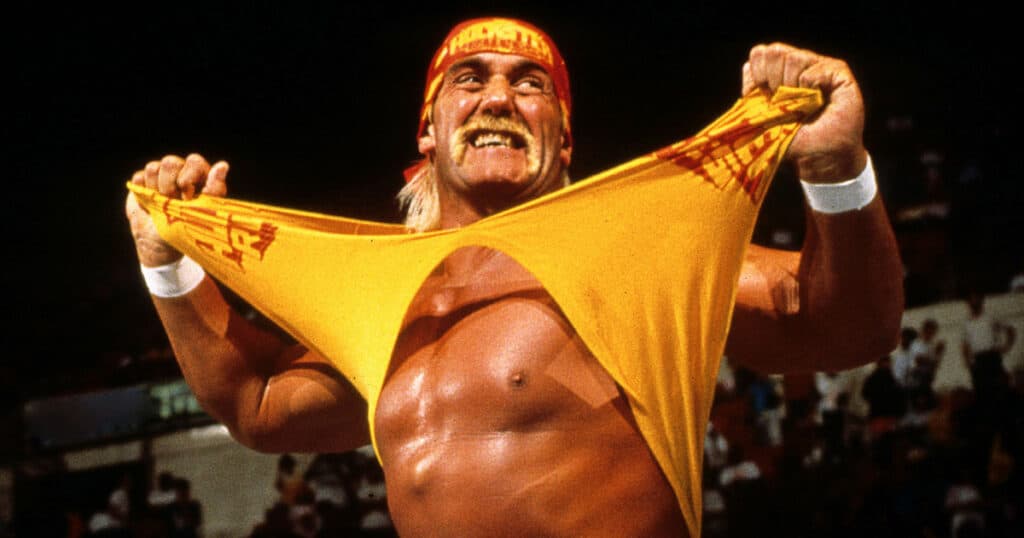
Hogan was given a title shot against WWF champion Bob Backlund right away and rekindled a feud with larger-than-life Andre the Giant that would later become one of the most important in professional wrestling history and legitimize professional wrestling as a national spectacle. Hulk claims credit for selling out Shea Stadium with Andre on August 9, 1980, but the real draw at the Ome was Bruno Sammartino vs. Larry Zbyszko.
Hogan’s work to that point caught the eye of Sylvester Stallone, who cast him as “Thunderlips the Ultimate Male” in 1982’s Rocky III. This remains his biggest role in Hollywood, but perhaps not his biggest Hollywood role. More on that in a bit. Wrestling promoters tend to be control freaks. Vincent McMahon didn’t appreciate Hogan taking the prominent role outside of the WWF, especially when kayfabe, the presentation of wrestling shows as real events, was held in high regard.
Hogan’s falling out with the elder McMahon led to him working primarily with the American Wrestling Alliance or AWA and New Japan Pro Wrestling or NJPW from 1980 to 1983. Remember when I said wrestling promoters tend to be control freaks? The AWA’s Verne Gange supposedly wanted a cut of Hogan’s international bookings and even for him to marry into the Gange family before coming to Hogan as champion. Hogan also says he wasn’t happy with the cut from merchandise he was going in the AWA. The dissolution of this relationship set the stage for HULKAMANIA, brother.
Vincent Kennedy McMahon purchased the WWF from his father in 1992, with aspirations of turning what had traditionally been a regional product into a national one. He saw Hulk Hogan as the man to be the face of the company and lead it into the future. Hogan made his TV return to WWF on December 27, 1983. He quickly became the company’s top babyface or fan favourite, defeating The Iron Sheik on January 23, 1984, for his first WWF Championship. Rumor has it that AWA’s jilted Verne Gange offered the Iron Sheik $100,000 to break Hulk Hogan’s leg legitimately, but that the Iron Sheik refused out of loyalty to Vince McMahon.
Immediately after the match, commentator Gorilla Monsoon declared, “Hulkamania is here!” Hogan’s fans came to be known as “Hulkamaniacs”. You might be wondering, “How did Hogan and the WWF get away with using the name Hulk without Marvel getting their purple shorts in a twist?” They…didn’t.
In 1985, Marvel contacted the WWF about their infringement on the Hulk trademark. The sides agreed to licensing terms. Reports vary, but even a small amount for each appearance and a small percentage of merchandise sales likely earned Marvel millions between 1985 and 2005. It was in 2005 that Marvel and the WWE, who had since lost a lawsuit against the World Wildlife Fund over the WWF initials, were involved in a $35 million lawsuit over the Hulk trademark. Marvel lost the suit, but according to Hogan, was able to avoid paying the WWE by allowing ownership of the Hulk Hogan name and all associated trademarks to Hogan for market value, which was somehow only $750,000. The Hulkster paid that gladly and rebuked offers from Vince McMahon to buy it from him.
The reach of Hulkamania cannot be overstated. The WWF drew live audiences, television ratings, and pay-per-view buy rates bigger than ever before or since. Hogan’s popularity helped turn professional wrestling from a niche, regional product into a national pop culture staple. His merchandise was in mainstream outlets all over the country. He was featured on the cover of Sports Illustrated, TV Guide, and People, co-hosted Saturday Night Live, and appeared on the Tonight Show.
A major part of Vince McMahon’s push into national prominence was the Wrestlemania pay-per-view, the company’s landmark annual event that began in 1984, an unprecedented spectacle in the wrestling business. To promote Wrestlemania I (1), Hogan appeared with his friend and tag partner Mr. T on Hot Properties, hosted by comedian Richard Belzer, who is perhaps best remembered for his portrayal of DetecOve John Munch in Homicide: Life on the Street and Law & Order: Special Victims Unit. Belzer repeatedly insisted Hogan put him on a wrestling hold. Hogan decided upon a front chin lock, which caused Belzer to pass out. Hogan, unaware Belzer had gone limp, dropped the unconscious host, who then flopped down, his head loudly smacking the floor. Belzer, who woke up in a pool of his own blood, ended up needing 8 stitches. He would sue Hulk Hogan for $5 million, receiving $400,000 in an out-of-court settlement. Ever the comedian, Belzer said he used the money for a down payment on a chateau in France, which he would name “Chez Hogan”.
Hogan would headline 7 of the first 8 Wrestlemanias. Wrestlemania III on March 29, 1987, held the record for live attendance for a wrestling event in the United States until 2016. Wrestlemania III, at the Pontiac Silverdome, was headlined by a renewed rivalry between Hulk Hogan and Andre the Giant. Leading up to the event, a Saturday Night’s Main Event show featuring Hogan and Andre earned the highest rating of any show ever done in the time slot. Soon after, Wrestlemania III (3), a rematch between Hogan and Andre, drew in 33 million viewers, a record for a professional wrestling show. Also in 1987, Hogan and Randy Savage joined forces for the Mega Powers tag team.
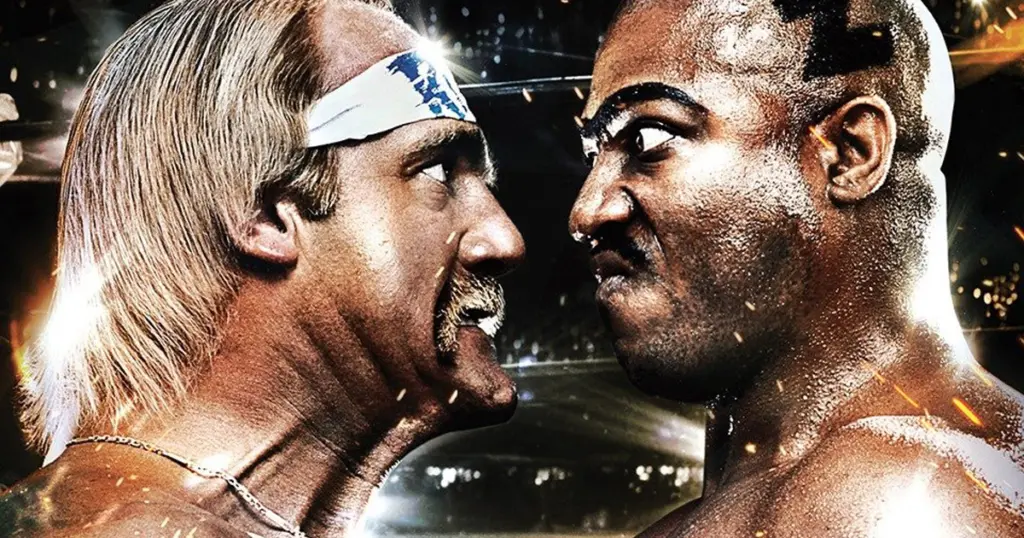
Hogan starred in the movie No Holds Barred in 1989 and would go on to star in Gremlins 2, Suburban Commando, Mr. Nanny, Thunder in Paradise, which somehow got two sequels, Spy Hard, The Secret Agent Club, Santa with Muscles, Assault on Devil’s Island, 3 Ninjas: High Noon at Mega Mountain, which is a different movie from Assault on Death Mountain, The Ultimate Weapon, Muppets from Space, Gnomeo and Juliet, and even episodes of Baywatch and Walker, Texas Ranger. And that’s enough about Hulk Hogan’s acting career. He was certainly…prolific as an actor, if nothing else.
Vince McMahon was brought under trial for illegal distribution of steroids in 1994. Hulk Hogan, although the two-time Royal Rumble winner had moved on from WWF by then, was kind enough to offer testimony that, while he and other wrestlers did receive their steroids at WWF headquarters, Vince McMahon himself never compelled him to take steroids or bought any for him. Vince was found not guilty. In 2003, the WWE ignited a feud between McMahon and Hogan by presenting that Vince was mad at Hogan for testifying against him in 1994, which is the opposite of what actually happened. But neither should we let the truth get in the way of a good story.
Hulk Hogan signed with WWF rival World Championship Wrestling (WCW) in June 1994.
In the summer of 1996, Hulk Hogan found his second wind. Hulk Hogan became “Hollywood Hogan.” The nWo storyline legitimized a grittier, more adult-focused approach to storytelling in professional wrestling that would reflect onto WWE. Both companies experienced a boon like they hadn’t since the peak of Hulkamania 10 years earlier.
Hogan would end up suing WCW for breach of contract and defamation. This guy loves his lawsuits, as you’ll come to see.
Hogan would return to the WWF in February of 2002 in his Hollywood Hogan character to feud against The Rock, who you may have heard of. Hogan later wrestled under the thin disguise of “Mr. America” for an time, which reignited the real-life feud between the WWE and Marvel for its similarities to Captain America. Hogan would quit WWE again in 2003 due to frustrations over money and creative.
Hulk Hogan returned to the WWE for his Hall of Fame induction in 2005. This conveniently aligned with promoting his reality show “Hogan Knows Best,” which ran from 2005 to 2007. The show centred around Hulk’s relationship with his daughter Brooke.
Hogan would take time off from wrestling to deal with the fallout of severe car accident his son Nick was involved in on August 26, 2007. Nick’s friend, John Graziano, suffered severe brain damage from the accident, and Nick faced criminal and civil trials as a result. Nick was sentenced to eight months in county jail and five years of probation. The Hogan family would settle with the Graziano family for $1.5 million.
Hogan also took this time to get treatment for his back issues brought on by decades of punishment as a professional wrestler, especially landing square on his back over and over for his signature Atomic Leg Drop. Hogan sought out a traditional spinal fusion procedure before being convinced to undergo a series of more minor but ineffective procedures at the Laser Spine Center. He would eventually get the fusion surgery and return to work three months later. Hogan learned a couple of years later, in 2011, that others had lobbied complaints against the Laser Spine Institute, which granted him the confidence to sue them for medical malpractice in 2013. I’m kidding. He would have sued them, anyway. This guy loves lawsuits. Hogan would settle with Laser Spine Center for an estimated $10 million.
Hulk Hogan joined TNA in October of 2009 and worked there until October 2013 as a decision-maker and a performer. During this time, Hogan would work with many faces from his past, including Eric Bischoff, who ran WCW during its peak, Brutus “The Barber” Beefcake, Ric Flair, Scott Hall, Kevin Nash, Jeff Jarrett, and Sting.
Hogan returned to the WWE in February 2014 as a host and hype man, before his frequent collaborators, controversy and lawsuits, would necessitate a temporary parting of ways.
This particular controversy actually stemmed from a sex tape that was released in 2012 and posted by internet news outlet Gawker in October of that year. The tape features Hogan having sex with Heather Clem, who was the wife of Todd Clem, better known as radio host Bubba the Love Sponge. Hogan would settle with the Clems for $5000 and sue Gawker for $100 million.
Hogan’s adamance, especially the amount of the lawsuit, was met with skepticism at the time. It wasn’t until July 2015 that Hogan and his team’s vigilance was justified. RadarOnline and the National Enquirer leaked audio from another sex tape with Hogan and Heather Clem where Hogan goes on a tirade against his daughter’s then- boyfriend, referring to him as the n-word repeatedly. As if that wasn’t enough, Hogan also used homophobic slurs in the video.
Hogan would immediately go on an apology tour, most famously on Good Morning America, but WWE understandably released Hogan from his contract and removed mention of him from their website.
Hogan would win the lawsuit against Gawker, being awarded $115 million plus $25 million in corrective damages. This would effectively bankrupt Gawker. But time heals all wounds, especially when there’s money to be made, and WWE would gradually reintroduce Hogan to their programming by 2018.
In February of 2019, a Hogan biopic directed by Todd Philips and starring Chris Hemsworth was announced, though the pandemic and other factors would land it in development hell. Hogan was married for the 3rd time to Sky Daily in September of 2023. In December of 2023, Hogan and his new wife were baptized at Indian Rocks Baptist Church in Largo, Florida. Gives a new meaning to “my brother in Christ”.
Hulk Hogan is undeniably one of the most important figures in the history of professional wrestling. Pro wrestling historian Dave Meltzer said of Hogan, “You can’t possibly overrate his significance in the history of the business…He sold more tickets to wrestling shows than any man who ever lived, and I don’t expect anyone to ever sell more tickets than he did ever.” Whatever name you call him, Terry Bollea, Hollywood, Hulkster, The Immortal Hulk Hogan’s story and influence are forever etched into the annals of pop culture.







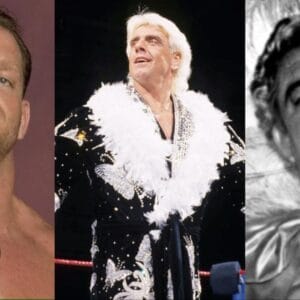
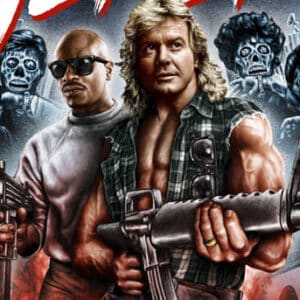
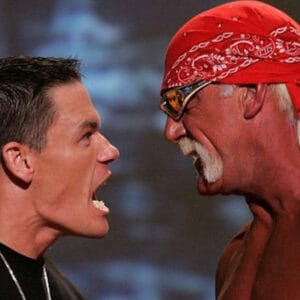
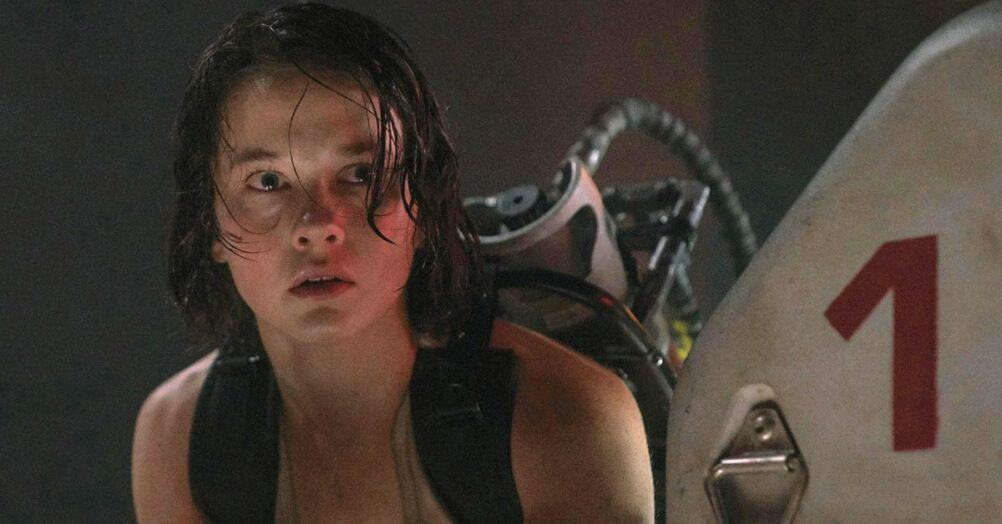


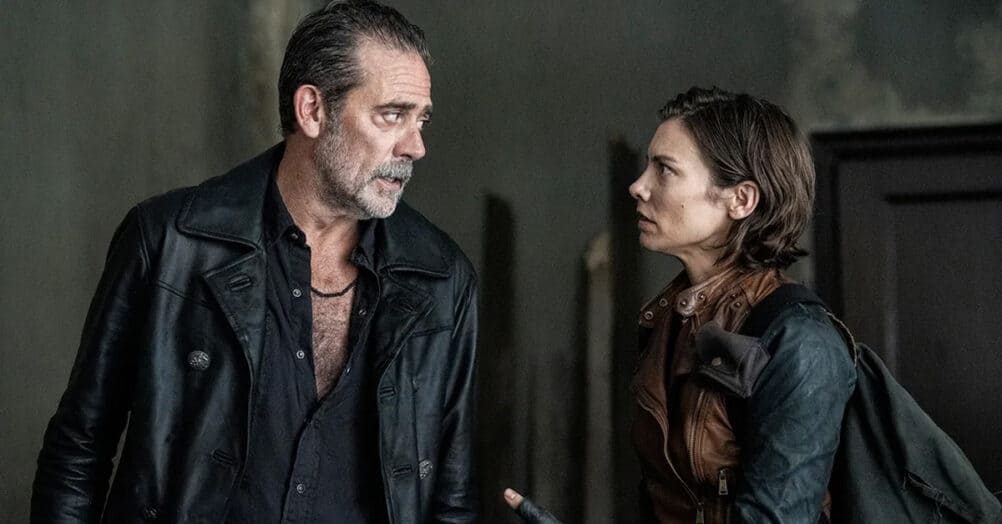
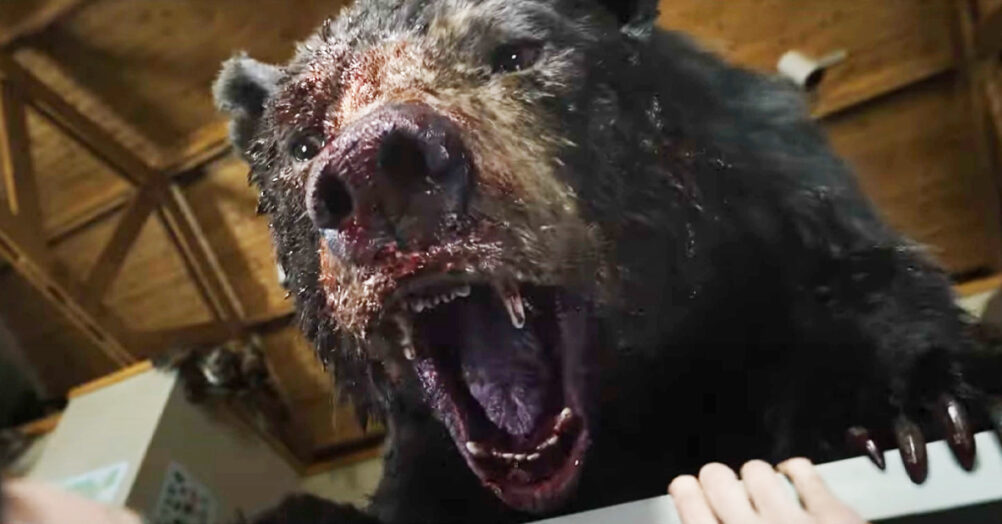


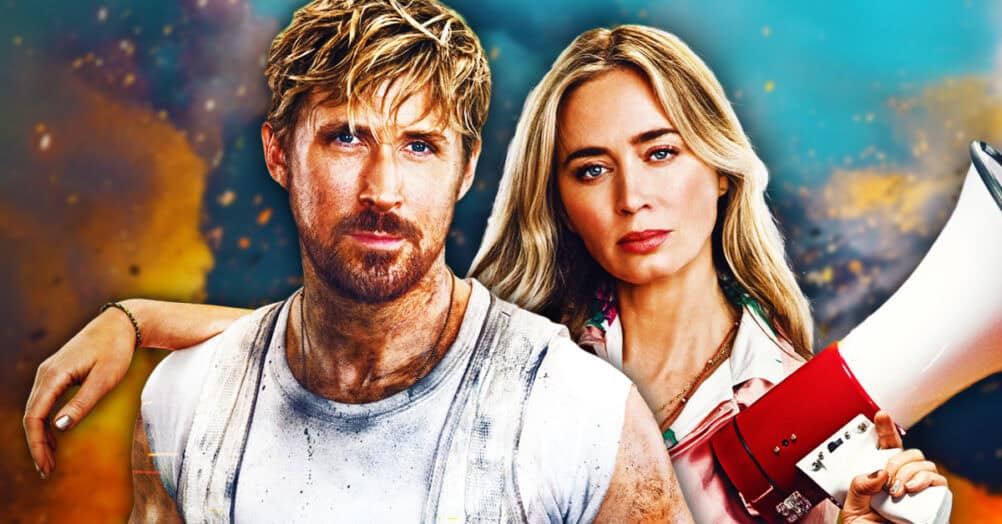

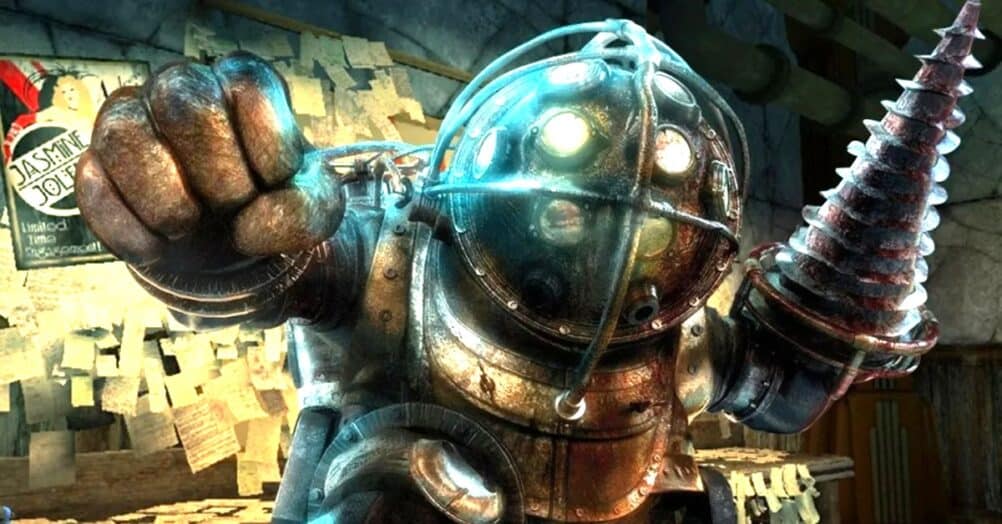
Follow the JOBLO MOVIE NETWORK
Follow us on YOUTUBE
Follow ARROW IN THE HEAD
Follow AITH on YOUTUBE